Addiction specialists show adults how to find what’s hidden
By Kate Hayden, khayden@charlescitypress.com
Between 40-50 items were staged in a heap in the Charles City NIACC classroom on Tuesday. Most of the items were pretty typical of an average teenager’s room: t-shirts on the bed, a picture frame on the nightstand, stacks of books and DVDs, a tampon wrapper on the floor.
Most of the visitors who enter the ‘Hidden in Plain Sight’ display are hesitant to go through the staged bedroom themselves, Prairie Ridge prevention specialist Courtney Cockrum said, so either she or a colleague will walk them through the items in front of them.
The tampon wrapper and an apparent bottle of sunscreen house hidden flasks; the alarm clock hides a storage container for controlled substances; scratch tickets or other small items can be stashed behind a family picture or in the lining of clothes, like a baseball hat. An old book is actually a locked safe when the cover is opened.
Prairie Ridge Integrated Healthcare takes the display on tour of seven counties the organization serves, asking community members to walk through and see if they can identify signs of substance abuse or addictive behavior themselves.
“It is a more fun and hands-on way to learn about this stuff,” Cockrum said. “When you’re sitting in a classroom setting with a PowerPoint and getting lectured at, it’s easy to feel overwhelmed and miss things. When it’s hands-on and interactive like this, it is easier to remember. When you see it firsthand, it’s completely different.”
Although some of the items are hand-altered, many of them are commercially for sale at chain retailers and online, Cockrum said — such as the resealable tampon wrappers or the fake sunscreen bottle. The hardcover book safe is widely sold on Amazon, Walmart and other retailers as a place for homeowners to stash valuables.
Cockrum has never had a person identify every hidden item in a room, she said.
“I think what surprises people the most is how things have changed. Parents especially have an idea of how things were when they were growing up, and they’re looking for those same things that they had heard of, but today things look a lot different,” Cockrum said. “There are items in the room that really do look like something an individual would use on a day-to-day basis, but if you take that extra step to take a closer look, it’s something completely different. I think that’s really shocking for people.”
It may be tough to identity an item with a hidden purpose, but Cockrum said it can be tougher for parents or guardians to know when they should go through a child’s private belongings in the first place.
“We definitely get that question a lot. We urge them to take into account whether they notice different behavioral signs, whether the kid is being distant or acting in a secretive way. That would be when you start to consider taking that next step — asking for questions or looking for other clues,” Cockrum said. “We ask them to think about, if they were to go through the room and find something, how much of an impact that could have on their kid and how that could help them.”
Start by continuing conversations with a child about substance abuse or addiction, Cockrum said. After that, it’s up to the parent or guardian to decide if they should search a bedroom, and whether the child should be present.
“You know your kid the best,” she said.

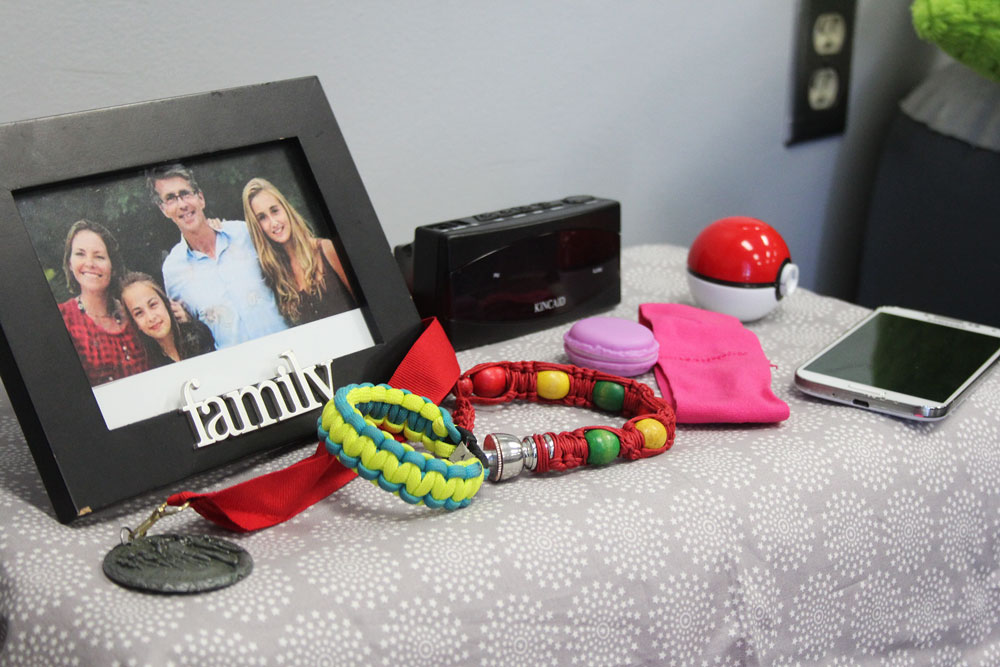
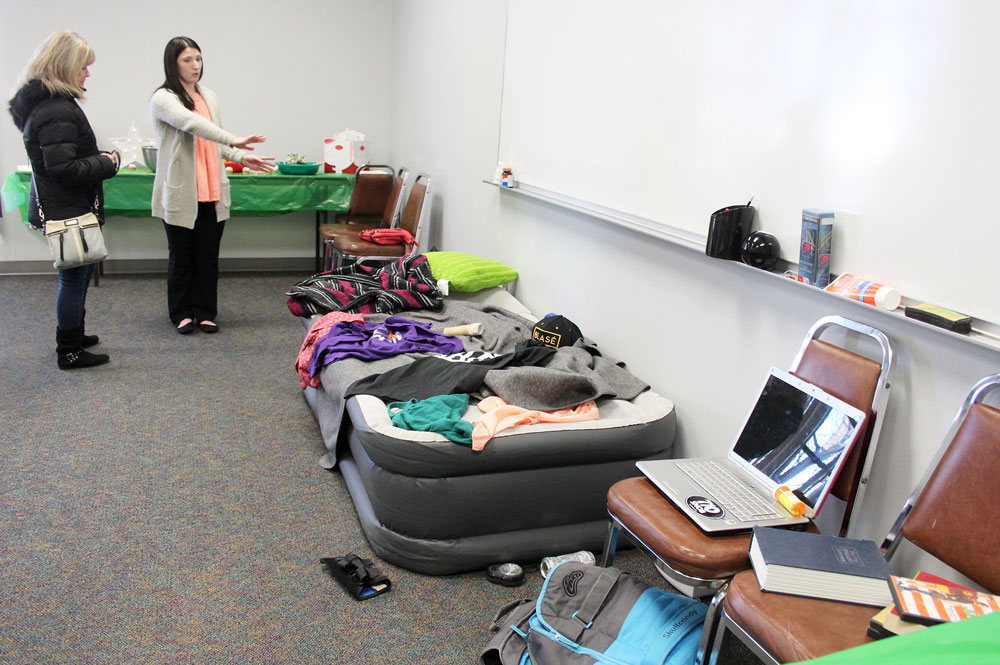
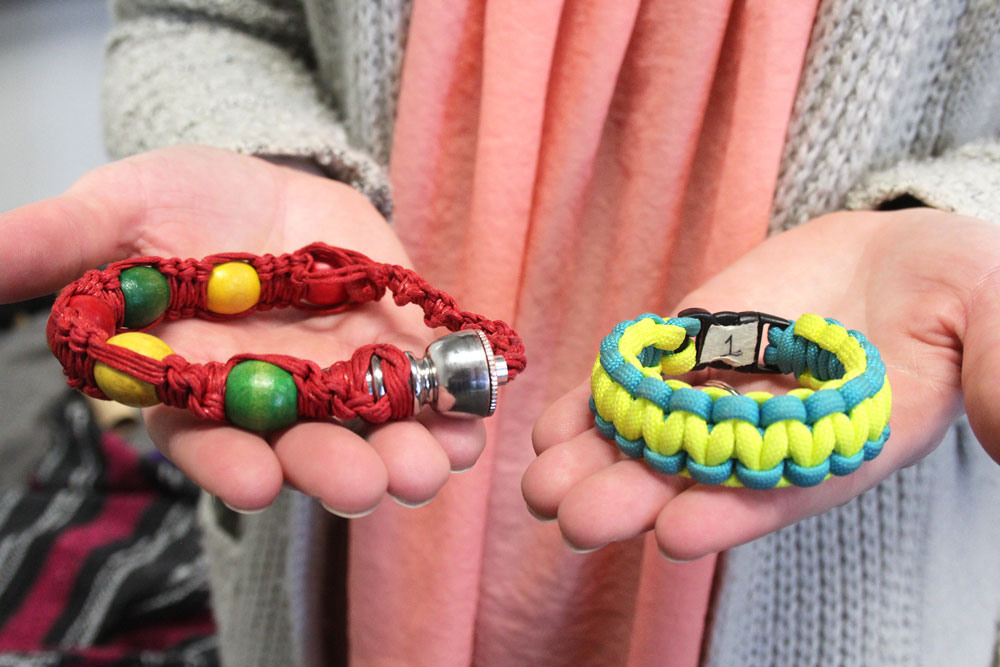
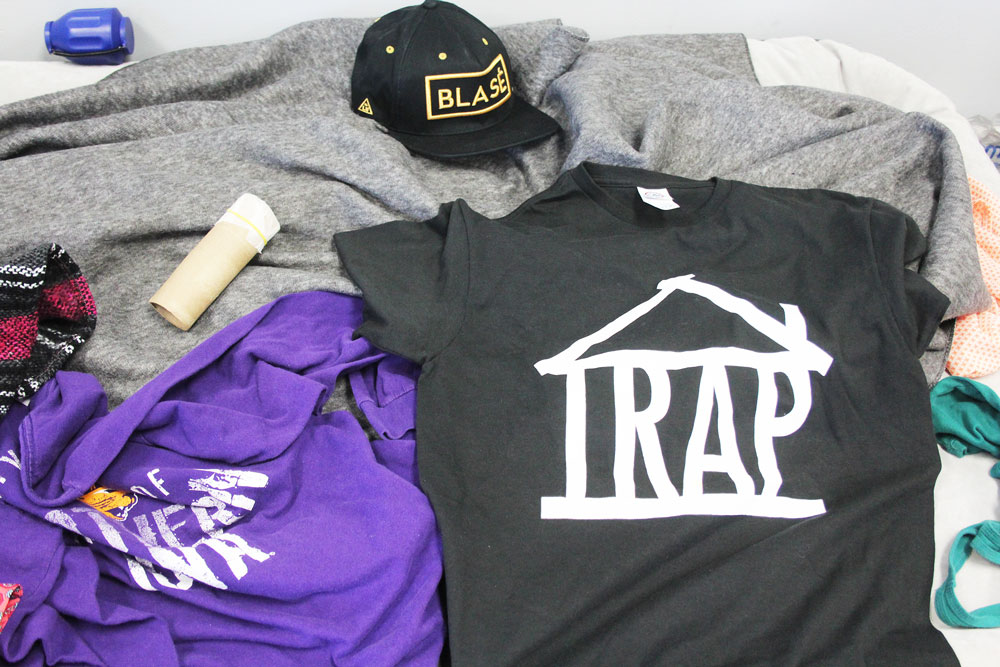

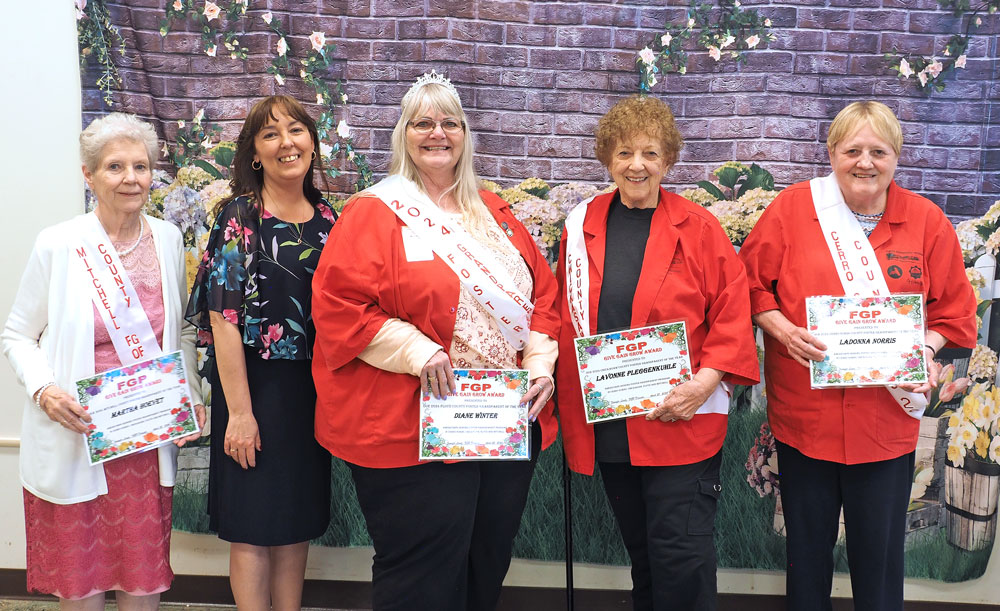

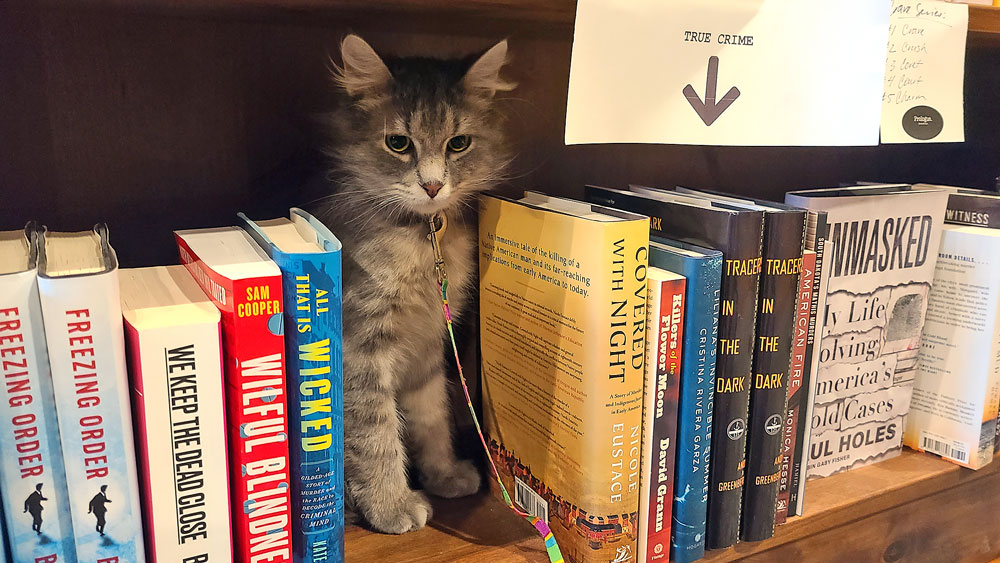
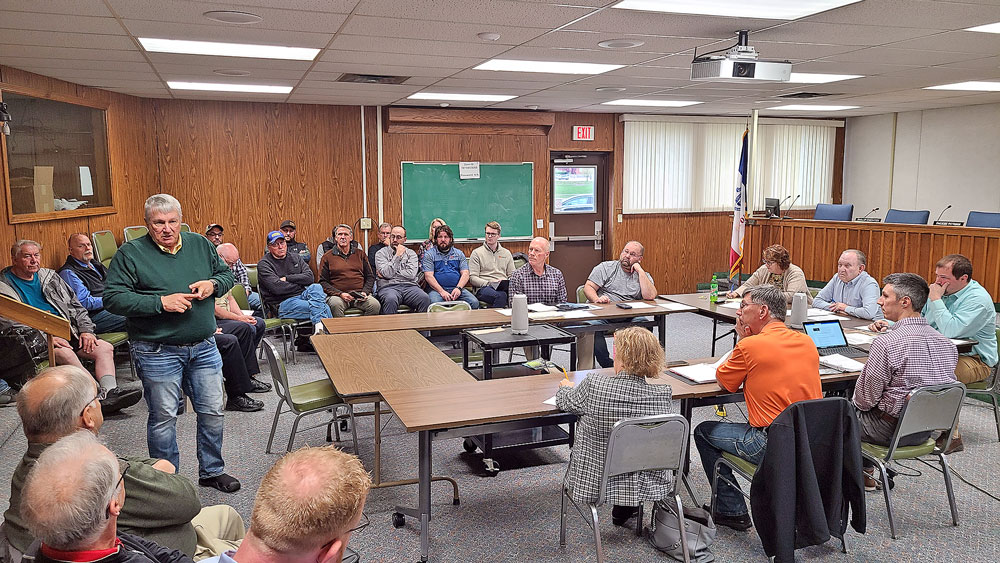


Social Share